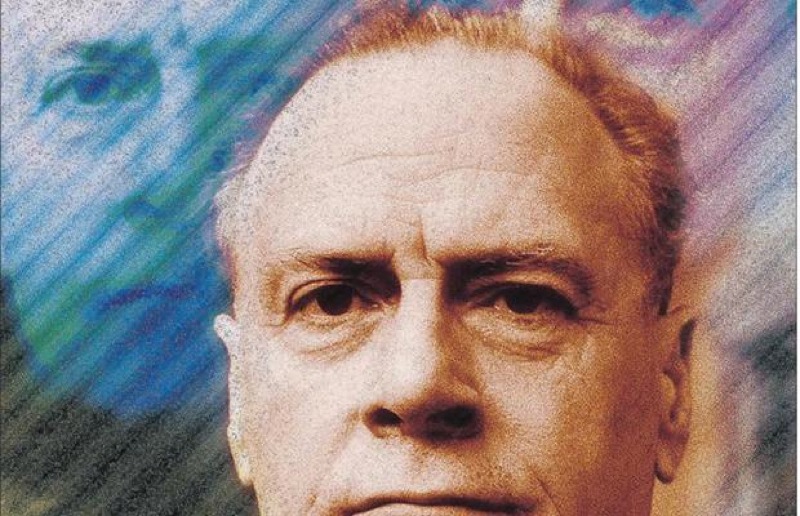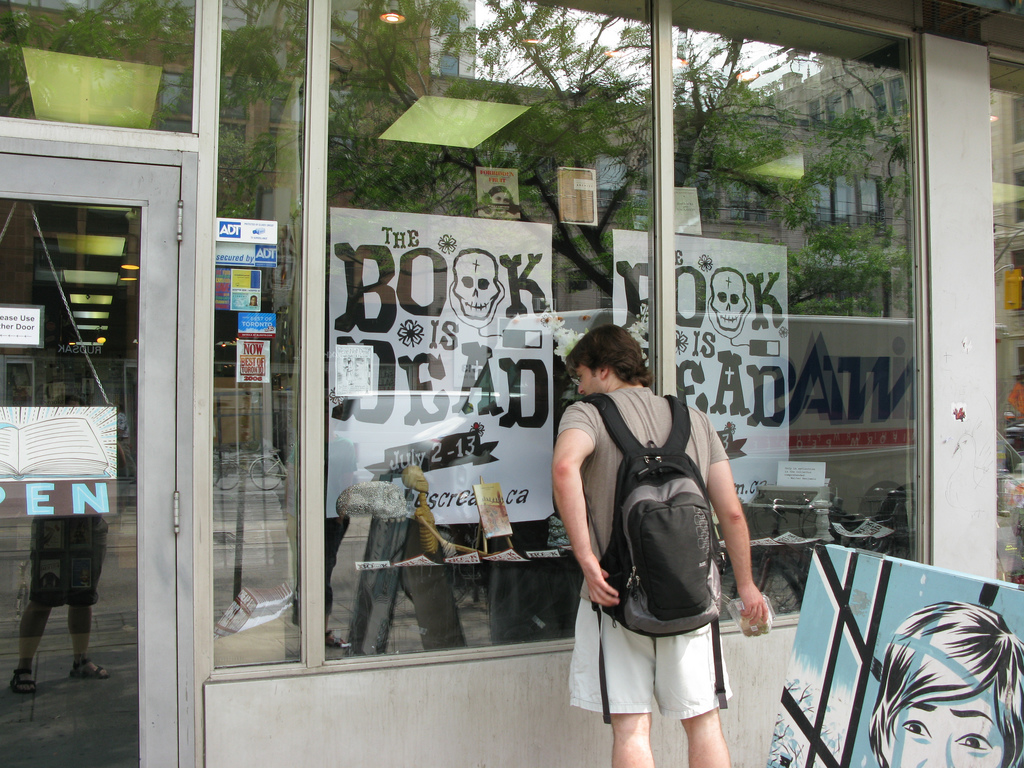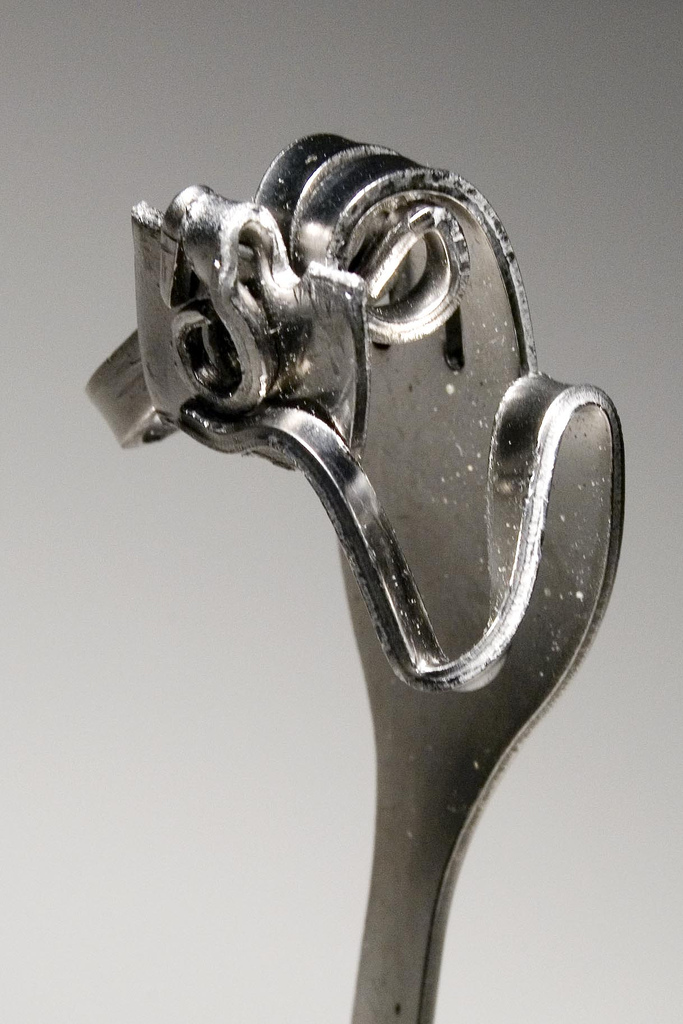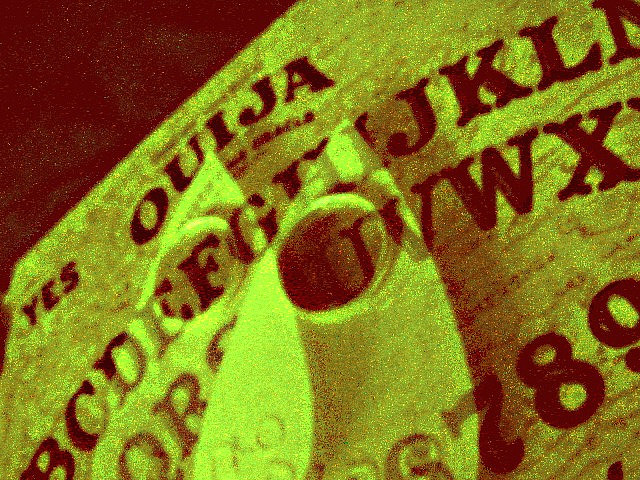This was the final column in my long run at Matrix magazine, which appeared in issue 94, on “New Winnipeg Writing.” Admittedly, it’s an example of what my friend Christian would call “melted Popsicle realism,” but it got me thinking about how postmodernity might not even leave ruins to contemplate.
Unicity = space ark. Roger Huyssen’s cover for the first Boston album appears in the front window of YES THIS IS SAM THE RECORD MAN less than a year after the mall opens: domed saucer cities in flight from a dying Earth. Everything gone by 2000. A circle of earth berms and a great plain of fused asphalt to mark where it settled, then rose, diminishing.
Difficult to convey the brownness of it now. Chocolate brown brick exterior and powder-coated brown aluminum trim, high-gloss brown ceramic floor tiles, a profusion of brown and orange injection-molded plastic stools and brown mushroom-shaped tables in the food court. Ficus trees in brown plastic planters. Brown food: the first MCDONALD’S installed inside a mall in Canada. Paper boats of fries and gravy from LUCKY FRIED CHICKEN, lunchtime staple for generations of children drifting in from Hedges Junior High across the street, maroon ringette jackets, denim, Players Light, feathered hair and blue eyeshadow, harassed by mall cops in brown polyester uniforms for not leaving fast enough.
Imagine these things before they were coated with a thick layer of irony: Lava lamps. Nastassja Kinski wearing a Burmese python. Dungeons & Dragons Basic Edition. Vinyl Adidas bags. Star Wars figures, when there was only one movie. Lemon gin. Banana clips. Painter pants. Iron-on t-shirts. White Nike All-courts. Acid wash. Big Wheels and Green Machines. Braun cordless curling irons. Black velvet DoodleArt posters. Pontiac Firebirds. Atari 2600. Cassette decks with woodgrain finish (brown). Concentrated into one physical location and lost in a sea of other objects, all new, gleaming, superior. Desire, focused and channeled and redirected by omnipresent mirror tiles.
The girl in LAURA SECORD, too beautiful to speak with unless I bought ice cream. The girls in fuzzy Adidas shorts (red and blue) and pompom socks who sat with me on the mall benches and giggled, then mocked me later behind my back. The girl in ORANGE JULIUS who gave me her phone number then wouldn’t talk to me when I called. The girl in SMITTY’S who held my hand and played me Ratt’s “Round and Round,” then married someone when she was barely 18. Double-date rides in downtown glass elevators with a work friend from BOOTLEGGER, until her sad, funny, brilliant boyfriend hanged himself, and then again after she almost married my brother. The girl who let me slip my hand under her bra late at night, sitting on the sound barrier past the parking lot. The girl in DALMY’S my friend Bruce swore squirted aerosol whipped cream all over him and then licked it off. The girl in centre court I didn’t recognize because her jaw was wired shut and her arms and legs were broken after their car flipped on the Perimeter Highway while driving drunk with a guy from the Downs, a girl I played caps with until 2 am and probably kissed, or at least tried to kiss.
The places I walked by without looking too closely. The garbage compressor and transformer room, electrical hum and sickly-sweet stench of ORANGE JULIUS cups. LADY FOOT LOCKER, though I bought a girl one of those braided pink-and-white cotton Olivia Newton-John headbands and some stirrup pants for her birthday once. SHOPPERS DRUG MART, unless buying or stealing rubbers. MARKS AND SPENCER (Why?). The Red Grille Restaurant in WOOLCO, all stained Bunn-o-matics and unwiped counters and people from the old folks’ home eating pie and coffee. I want to write that the pies were in cabinets with angled mirrors behind them so that you could see what was on offer, but can’t say for sure.
Fall, when the Buffalo Barbecue filled the parking lot. Conklin trucks full of heavy machinery assembled by thin greasy guys with endless caps of hash oil for sale. The Polar Express (Do you want to go FASTER?) and the Tilt-A-Whirl, Journey’s “Wheel in the Sky” on endless repeat. The jingle of change hitting the pavement from people’s pockets as their gondolas turned upside down. Bison burgers. Feathered earrings and Judas Priest t-shirts. And the first place I ever saw anyone break-dance.
When they added the LC to the back of the mall, the first trick was not arriving at the same time as our teachers at the end of the day. Since a dozen stubbies fit nicely inside an Adidas bag, box and all, the second trick was keeping the frozen straps on an overstuffed bag from snapping in –35 C weather.
In the absence of a video arcade in the entire west end of the city, playing Choplifter on the Apple II upstairs in THE BAY. The weird kid that WOOLCO let sit in the store every night and program sprite graphics on the Sinclair ZX–81, who probably makes more money than God now.
A guy from my school being hauled away by security after stripping down to his trunks and jumping into a bubbling Jacuzzi on display in the centre courtyard. Two more guys trying to convince security they were shoplifting by running past department store one-way mirrors with their brand-new LED watches flapping out of their back pockets. One more guy eventually becoming a security guard.
COLES THE BOOK PEOPLE. Paperbacks for a buck and a quarter. A science fiction section I knew inside-out because the inventory changed so rarely. Sneaking glances at what passed for dirty books. And where I went to look at pictures of other, bigger cities.
Once a winter, WOOLCO would hire me and about a hundred of my hung-over high-school friends to inventory the entire store on a Sunday morning. Which goes a long way toward explaining why WALMART eventually bought them out, then corroded away the entire mall from within, leaving only a parking lot pocked with big box stores.
An almost total absence of detail about it anywhere on the Web, other than Wikipedia. And there, “This article about a building or structure in Manitoba is a stub. You can help Wikipedia by expanding it.” With what, exactly.
There will be no Canadian Heritage Minute for Unicity. There will be no brass plaque. Not a place but a set of corridors between businesses that no longer exist, neither inside nor out, private nor public, a mall is barely there when it’s there. And when it’s gone, it’s not even a ruin, not even a memory, but something like reminiscence: that place where that guy did that thing that time.
Don’t Look Back.






